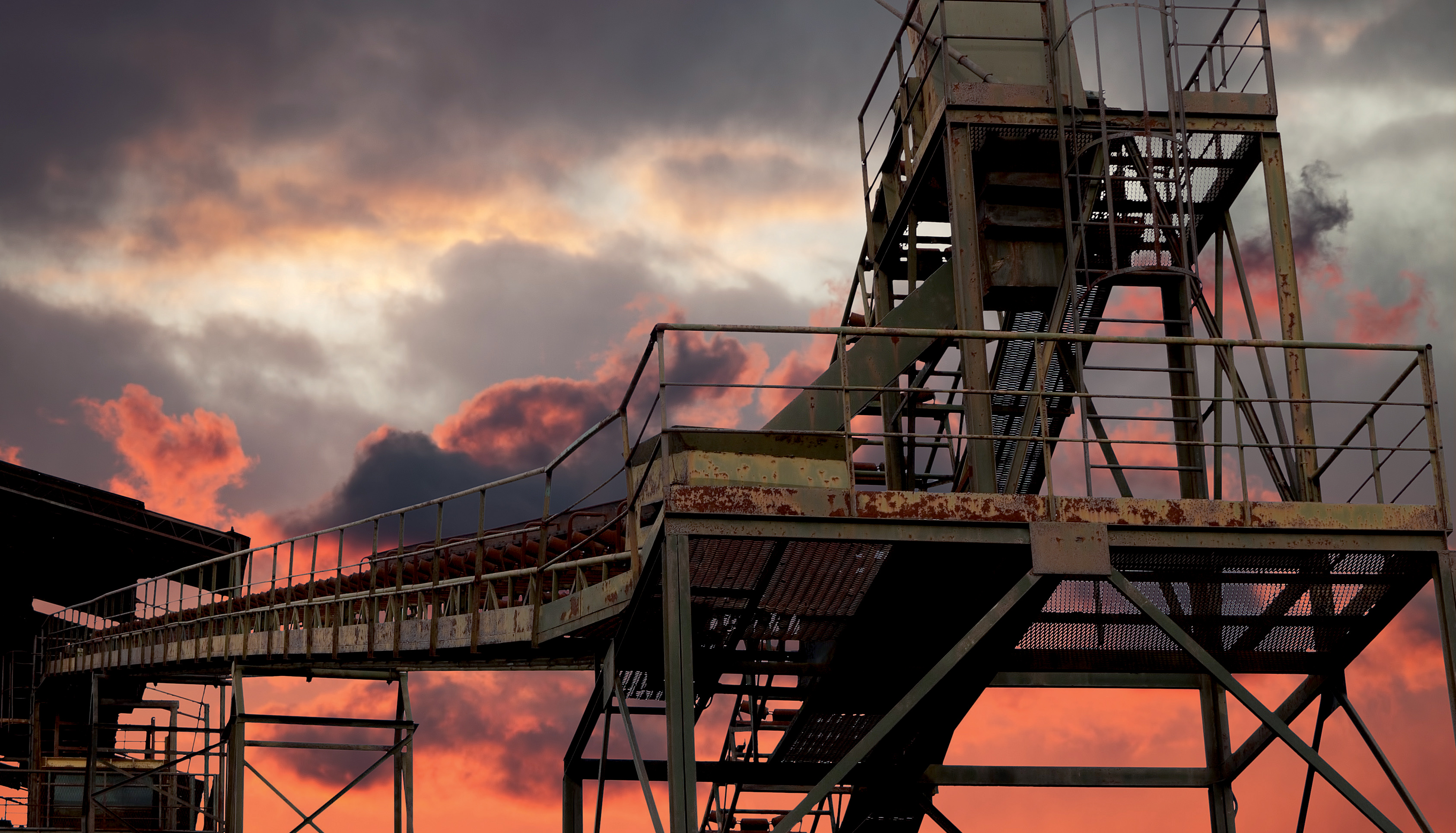China’s pulsating economy and appetite for raw materials sent the prices of industrial metals and bulk commodities soaring but there are signs China’s economy is slowing. Recent figures put annual growth in the second quarter at 7.6% compared with the double-digit rates of the past few years.

“Commodities remain attractive for long-term investors, for on a five-to 10-year basis the demand will not grind to a halt.”
Angelos Damaskos
This has led some to suggest the commodity boom is over and prices are likely to drop. Indeed, the S&P GSCI Industrial Metals index has been the worst performing major sector index on a year-to-date and 12-month basis (-6.06% YTD and -28.78% 12-months) as fears of declining global economic growth are diminishing demand prospects.
Protecting against devaluation
Alex Krainer, portfolio manager of the Altana Inflation Trends fund, has a hard time believing commodity prices will fall further because there are too many paper claims on wealth: “There is only so much gold and silver and lots of money. And there is ever more of it as the whole of the developed world prints money,” says Krainer.
This is having an inflationary effect on the markets which will devalue currencies, so investors will seek assets to protect against devaluation.
“Commodities are attractive regardless of who is right or wrong about calling price levels,” says Krainer, because investors face inflation risk and so will seek to protect the purchasing power of their wealth and the most effective means of hedging wealth against the adverse effect of inflation, is by exposure to commodity prices, he says. “It is the best way to hedge your purchasing power. Then if you turn out to be wrong, you will be able to buy more with your money.”
This is why a commodity allocation makes sense in a pension fund portfolio, says Peter Königbauer, senior portfolio manager for the Pioneer Funds Commodity Alpha portfolio. “You will be further removed from the euro crisis and you will see better correlative behaviours from the markets than you see now,” he says. “During this period of volatility you would want to have it in your portfolio.”
Finding a niche
It is fair to say commodities is something of a niche area for the vast majority of occupational pension schemes.
It takes a degree of sophistication and no little resource to be able to have a proper grasp of any asset allocation beyond a core holding of equities and bonds. For those who consider property an alternative asset, commodities may be a step too far outside their comfort zone or possibly just a headache they do not need.
Industry figures back up just how niche commodity investment is among UK pension funds. The National Association of Pension Funds annual investment survey shows just 8% of its members invested in commodities in 2011 (up from 7% in 2010 and 5% in 2009).
The amount that schemes allocate to this class is tiny – just 0.7%, although this equates to 2.2% when only schemes that do invest in commodities are considered.
Attractive reasons to invest
These figures are small, but show an increase. The allocation to commodities rose from 1.7% in 2010 having fallen from the previous year’s 2% (0.4% in 2010 and 0.6% in 2009 among all surveyed schemes). Clearly, in these highly volatile times when even ‘safe haven’ assets of sovereign debt offer lean returns – if they offer any positive ones at all – schemes were engaging with what is generally considered to be a ‘risky‘ asset class.
Schemes have recognised a diversification benefit over the last few years, says David Hemming, portfolio manager at Hermes “Commodities perform differently across the economic cycle, though correlation against other assets has increased over the last four years,” he says.
“There are attractive reasons to be invested in that you get an inflation-hedging component, especially on surprise inflation from energy and food prices.”
Albert Kuller, an investment consultant at Bluefin Corporate Consulting also sees pension funds benefiting from commodity allocations. “We believe pension schemes could reap some diversification benefits, especially where their growth portfolios currently have a strong equity bias.
“In particular, commodities with low correlations to macro-economic conditions and markets could be interesting for pension funds to invest in.”
Part of the reason for the lower commodity prices has been a drag on demand – partly in China, but also the rest of the global markets – says Tapan Datta, partner, global asset allocation at Aon Hewitt.
“China’s growth has not been linear as some people expected it to be,” says Datta. “Demand has been highly cyclical and the commodities markets simply can’t escape that.” But this downward trend cannot continue, says Angelos Damaskos, chief executive of Sector Investment Managers: “Industrialisation of China and India, with a combined population of three billion, will continue to create demand for a better quality of life which requires energy and commodities to improve infrastructure.”




Comments